Albo had better not rely too heavily on his feel-good, heart-on-the-sleeve ‘Close the Gap’ slogan to get his Voice referendum up. That’s despite his clearly genuine concern that many indigenous Australians suffer from a huge disadvantage gap that needs to be closed. But there is another intolerable gap that his ill-conceived and divisive political campaign stands to worsen. It is the gap between the disadvantaged remote traditional Aboriginals and the self-interested much better-off part-Aboriginal activists who live in the cities and already dominate Aboriginal discourse. They would be further empowered by Albo’s Voice to pursue their political and social urban agendas, often to the detriment of the best interests of remote indigenous people.
So the biggest gap is not the too slowly narrowing one, as measured by the Productivity Commission, between the average indigenous Australian and the rest of us; it is the widening gap, revealed in the Commission’s barely reported update last month, between the rapidly expanding 300,000 city-dwelling, often self-proclaimed ‘Aboriginals’ who outnumber two-to-one those traditionalists existing in remote communities who now make up less than one-fifth of Australia’s 813,000 indigenous population. Their now minority voice (it is 50 years since remote aboriginals were the majority) faces being submerged, along with their needs, under the demands of the four-fifths majority. It is obscene for the Voice to be presented as the protector of remote and seriously disadvantaged Aboriginal communities when the numbers reveal an overwhelming urban and regional largely neo-indigenous constituency with greater potential access through its numerical weight to the Voice’s special privileges.
So there has been a transformation in what the word Aboriginal really represents. The discovery, particularly over the past decade, of the benefits of self-declaration (often accompanied by bellicose rejection of most of one’s antecedents), has enhanced the power and influence of the exponentially growing non-traditional urbanites. Formalising that majority power in the Voice will make the Voice itself increasingly deleterious to the best interests of tribal Aboriginals in remote areas whose own voice will continually diminish while ever there is open access to self-identification of Aboriginality.
The statistics of submersion of traditional Aboriginal numbers in an exponential expansion of neo-indigenes are incontrovertible. While the traditional population in remote areas has risen only fractionally over the past decade, Sydney’s urban ‘Aboriginal’ numbers have jumped by two-thirds, Melbourne’s by 80 per cent, Brisbane’s by 45 per cent and Perth’s by 55 per cent.
Over that decade, these city-dwellers, many with much more than a drop of non-indigenous blood, have been flocking to the Aboriginal banner to get the best of both words – the benefits of city life coupled with the many handouts (and a Voice-given proposed special access to government the rest of us can’t share) on top of existing preferential treatment intended for those suffering real disadvantage. And the growing proportion of city-dwellers, with their much better statistical outcomes than remote dwellers, puts a false gloss on claimed improvements in average Aboriginal welfare.
The evidence of the widening disadvantage gap between those in remote communities and the exponentially exploding numbers of these city dwellers is indisputable. For example, the Productivity Commission’s Closing the Gap report in June revealed that, on the basic issue of life expectancy, the average gap between Aboriginal males born in 2015 to 2017 and non-indigenous males had been narrowed during the latest decade from 11.4 years to 8.6 years and females from 9.6 to 7.8 – but for remote areas, the gap remained much higher at 14.3 years for males and 13.8 years for females.
This extra disadvantage hitting remote Aboriginal groups is across the board: on measures like healthy birth weight, the 90 per cent in major cities dropped to 85 per cent in remote areas; pre-school enrolments that rose overall from 77 per cent to 2016 to 99 per cent in 2022, fell in remote areas while the 68 per cent aged 20 to 24 who had attained year 12, became only 42 per cent in remote areas. The 57 per cent of city-based 25 to 34-year-olds who had completed a tertiary qualification compared with the decline to only 17 per cent in very remote areas. Similar remote disadvantage existed in employment of 25 to 64-year-olds, with the rate rising to 62 per cent for those in major cities as against a continuing decline to 35 per cent in very remote areas. On the measure of adequate housing, the 88 per cent city rate compared with a continuing decline in remote areas to 45 per cent.
One unintended benefit of the Albanese government’s determination to bring on the Voice referendum, with its special privileged access to government (on top of pressure for widespread preferential treatment not only in the workplace – note the New Zealand precedent of preferential medical treatment) has been to highlight the unsustainability of the present open-ended capacity to identify as an Aboriginal. For the Voice not to end up as a self-defeating Ponzi scheme, where, ultimately, multi-millions of Australians could claim the benefits that go with Aboriginality, it is now clearly necessary to establish a rational definition to replace 1967’s off-the-cuff ‘a person who so describes himself’ that was simply for census purposes. But now that Aboriginality, no matter how tenuous, has enough perceived value (in addition to some genuine notions of ancestry) to attract those whose link could be three or four generations ago – or, in some cases, simply a concoction – the current system cannot survive.
Naturally, such recognition of reality did not get the time of day at the parliamentary committee inquiry into the Voice. Nor was there any examination of the issue raised here of the deepening gap between city-based Caucasian-Aboriginals and their tribal cousins in remote areas. There was no acknowledgement of the census statistic noted on this page last month that, in line with booming numbers of neo-indigenous city-dwellers, four out of every five couples recorded as Aboriginal included a non-Aboriginal person – providing a potential for yet another generation of ‘Aboriginal’ Australians even further removed from their ethnic source. Meanwhile, the proportion of indigenous couples where both members are Aboriginal has halved over the past two decades, inevitably leading to the next generation of neo-indigenous city-dwellers continuing to massively outnumber traditional Aboriginal families.
The politicians rested content with the assurance that there is no basis for any misgivings emerging from the government’s refusal to state the form, substance, duties or accountability of the amorphous Voice, as all these matters would be determined not by the voters at the upcoming referendum, but by the parliament. In other words, Australians are being asked in this case to sign over their right to alter their constitution (which is there to protect Australians from predatory power-hungry politicians) to these very same politicians. Don’t trust politicians with your constitution; vote No.
Got something to add? Join the discussion and comment below.
Get 10 issues for just $10
Subscribe to The Spectator Australia today for the next 10 magazine issues, plus full online access, for just $10.
You might disagree with half of it, but you’ll enjoy reading all of it. Try your first month for free, then just $2 a week for the remainder of your first year.

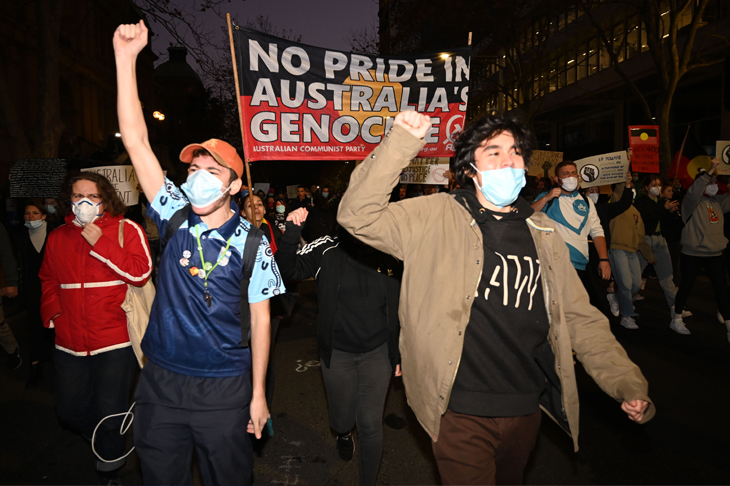

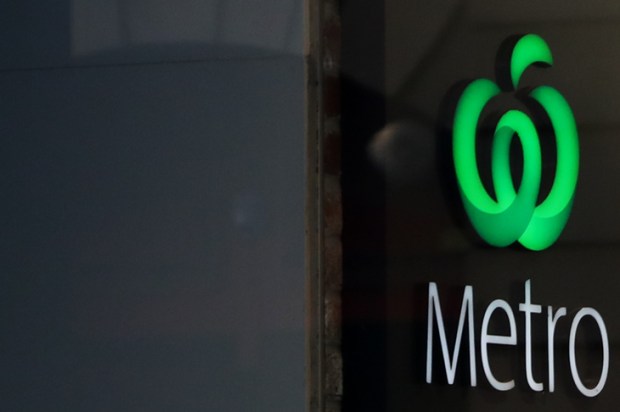
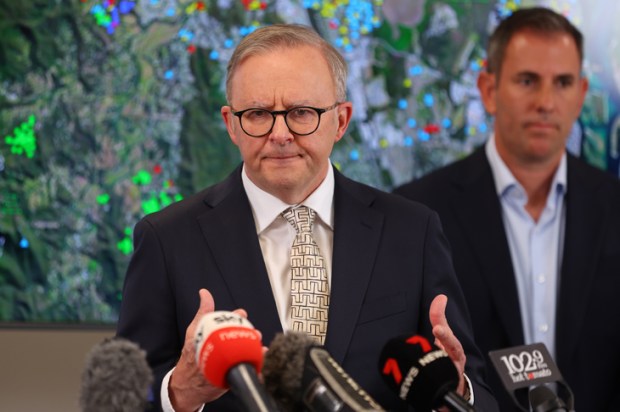
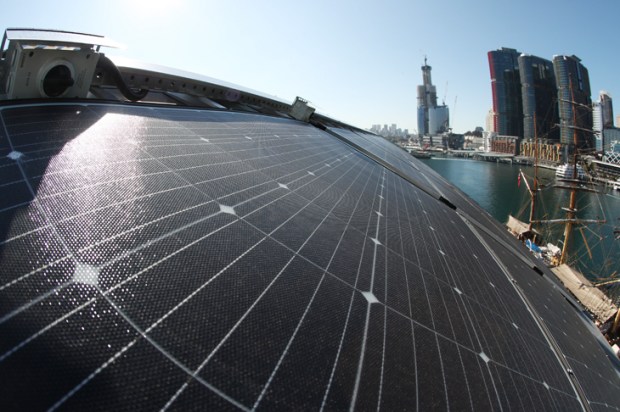
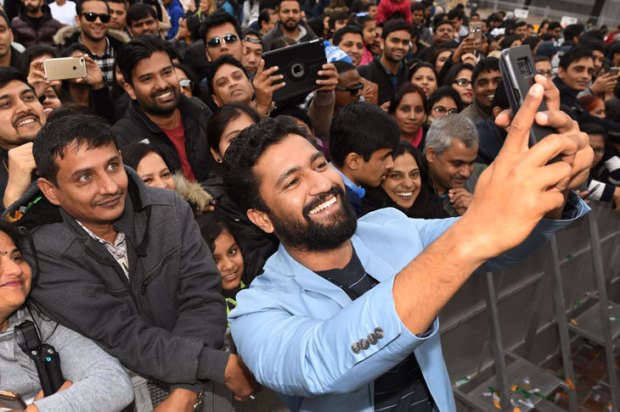
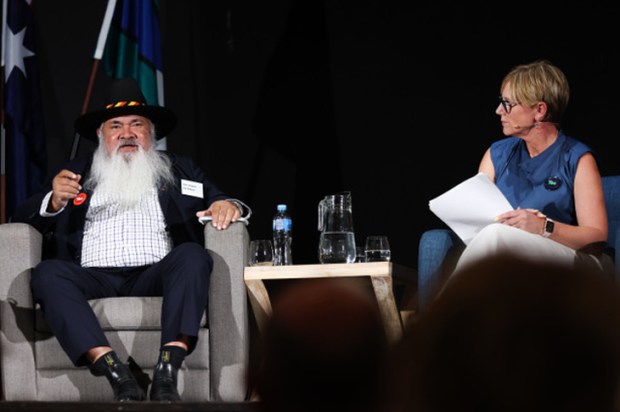






Comments
Don't miss out
Join the conversation with other Spectator Australia readers. Subscribe to leave a comment.
SUBSCRIBEAlready a subscriber? Log in